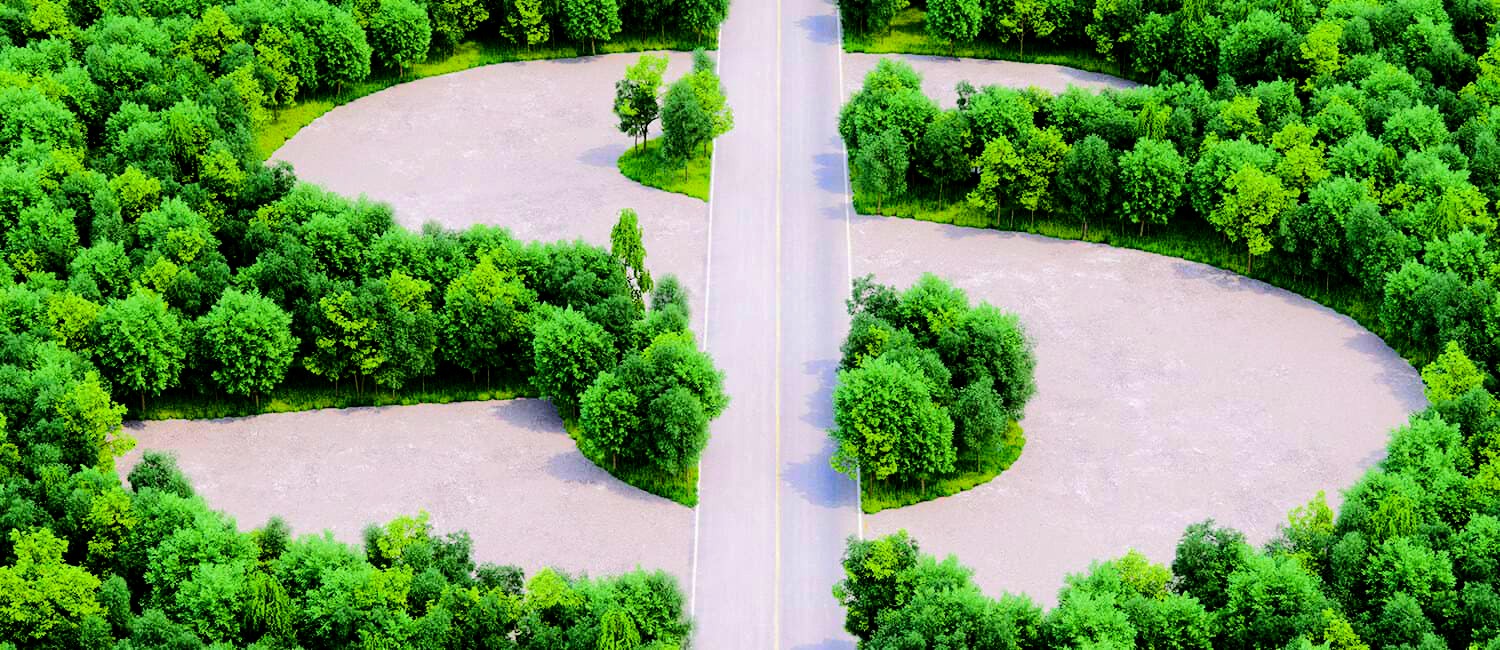Land banking involves purchasing undeveloped land with the expectation that its value will increase over time. Investors buy land in areas where they anticipate future development, infrastructure projects, or urban expansion, with the goal of selling it at a higher price in the future.
How Land Banking Works:
Investors identify and purchase parcels of land that are not currently being used for development. These lands may be in rural areas, on the outskirts of cities, or in regions targeted for future development. The investor holds onto the land until its value increases due to factors such as population growth, economic development, or government infrastructure projects.
Types of Land Banking:
Raw Land: Land that is completely undeveloped with no infrastructure or utilities in place.
Pre-Development Land: Land that is zoned for future development but has not yet been built on.
Infill Land: Undeveloped land within urban areas, often surrounded by existing developments.
Benefits of Land Banking:
Potential for High Returns: If the land appreciates significantly, investors can sell it for a substantial profit.
Low Maintenance Costs: Unlike developed properties, undeveloped land typically requires minimal maintenance and carrying costs.
Flexibility: Investors can choose to develop the land themselves, lease it, or sell it when the market conditions are favorable.
Risks and Challenges:
Market Uncertainty: The value of land can be highly speculative, and there is no guarantee that it will appreciate.
Long Holding Periods: It may take years or even decades for the land to reach its full value, requiring patience and long-term planning.
Lack of Income: Unlike rental properties, land does not generate income while it is being held.
Zoning and Legal Issues: Changes in zoning laws, environmental regulations, or land use policies can affect the land’s value and potential for development.
How to Get Started with Land Banking:
Research is crucial in land banking. Investors should study growth patterns, government plans, and infrastructure projects to identify areas with strong potential for future development. Working with local real estate agents, land brokers, and urban planners can help in identifying promising parcels of land. It’s also important to understand zoning laws, land use regulations, and any environmental restrictions that may impact the land’s future use.

.jpeg)